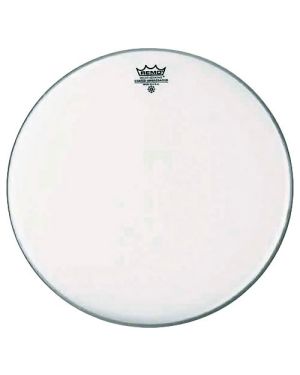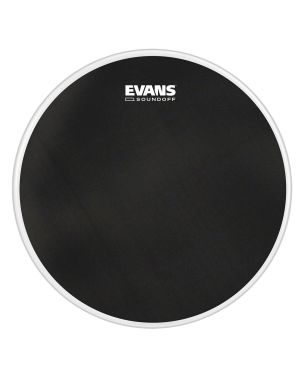
-
Backstage Deal
 In Stock
In Stock -
 In Stock
In Stock -
Backstage Deal
 In Stock
In Stock -
Backstage Deal
 In Stock
In Stock -
 In Stock
In Stock -
 In Stock
In Stock -
 In Stock
In Stock -
 In Stock
In Stock -
 In Stock
In Stock -
 In Stock
In Stock -
 In Stock
In Stock -
 In Stock
In Stock -
 In Stock
In Stock -
 In Stock
In Stock -
 In Stock
In Stock -
 In Stock
In Stock -
 In Stock
In Stock -
 In Stock
In Stock -
 In Stock
In Stock -
 In Stock
In Stock -
 In Stock
In Stock -
 In Stock
In Stock -
 In Stock
In Stock -
 In Stock
In Stock
What are the different types of snare drums, and how do they affect the sound?
There are several types of snare drums, each offering distinct sound characteristics:
- Wooden Snare Drums: Made from various woods like maple, birch, or oak, wooden snares typically produce a warm, full-bodied sound with rich overtones. They are versatile and can be used in a wide range of musical styles.
- Metal Snare Drums: Constructed from materials such as steel, aluminium, or brass, metal snares offer a brighter, more cutting sound with a sharper attack. They are often preferred in genres requiring more projection and articulation, like rock and metal.
- Piccolo Snare Drums: Smaller and shallower than standard snares, piccolo snares provide a higher pitch and a more focused, crisp sound. They are great for accenting and adding sharp, staccato notes to a performance.
How do I properly tune my snare drum for the best sound?
Properly tuning your snare drum involves several steps:
- Initial Setup: Begin by evenly tightening the tension rods around the drumhead in a star pattern. This ensures uniform tension across the head.
- Pitch Matching: Tap near each tension rod to listen for differences in pitch. Adjust the tension rods to match the pitches as closely as possible, ensuring an even sound across the drumhead.
- Snare Wires: Adjust the tension of the snare wires to your preference. Tighter wires produce a crisper, more articulate sound, while looser wires offer a more relaxed, rattling tone. Experiment with the tension to find the sound that best suits your playing style.
